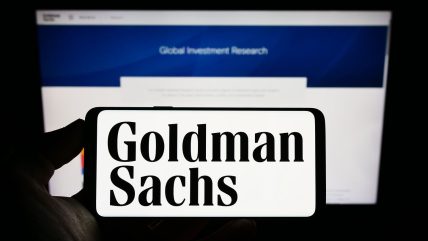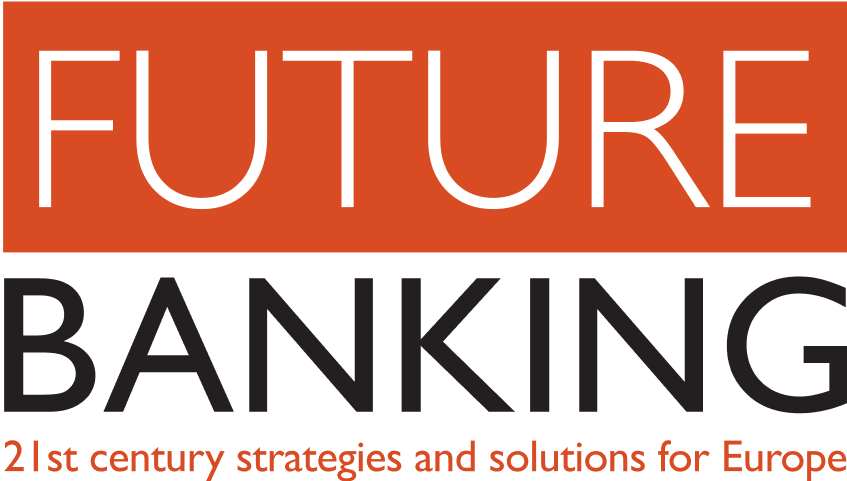
Goldman Sachs has informed its employees to brace for another wave of job cuts this year as the banking giant seeks to streamline operations and leverage AI to enhance efficiency.
The New York-based firm is taking an approach to manage its workforce, aiming to “constrain headcount growth through the end of the year,” as stated in an internal memo obtained by Bloomberg News.
Despite the anticipated job reductions, Goldman Sachs expects to conclude the year with a net increase in employees, according to the bank spokesperson Jennifer Zuccarelli.
Its workforce stood at 48,300 at September-end, marking an increase from the previous year.
The latest announcement comes as part of the “OneGS 3.0” strategy launch, where senior executives highlighted the potential of AI to drive future growth.
The adoption of AI is set to be a multiyear effort, touching on various aspects of the business, including lending processes, client onboarding, regulatory reporting, and vendor management.
Earlier this year, Goldman Sachs executed its customary annual job cuts, which resulted in a net reduction of 700 positions by the end of the second quarter.
Financially, the firm has reported robust performance, with net revenues reaching $15.18bn in the third quarter of 2025, a 20% increase compared to the same period in the previous year.
The Global Banking & Markets division contributed $10.12bn, marking an 18% rise from the third quarter of 2024.
The Asset & Wealth Management unit also saw a revenue increase of 17%, bringing in $4.40bn.
In the memo, Goldman CEO David Solomon, chief financial officer Denis Coleman and president John Waldron stated: “While we are still in the early innings in terms of assessing where AI solutions can best be deployed, it’s become increasingly clear that our operational efficiency goals need to reflect the gains that will come from these transformational technologies.”
Recently, Goldman Sachs has seen the departure of more than 12 senior investment bankers during the current year, as the company navigates through a period of internal restructuring and a sluggish commencement to 2025.






